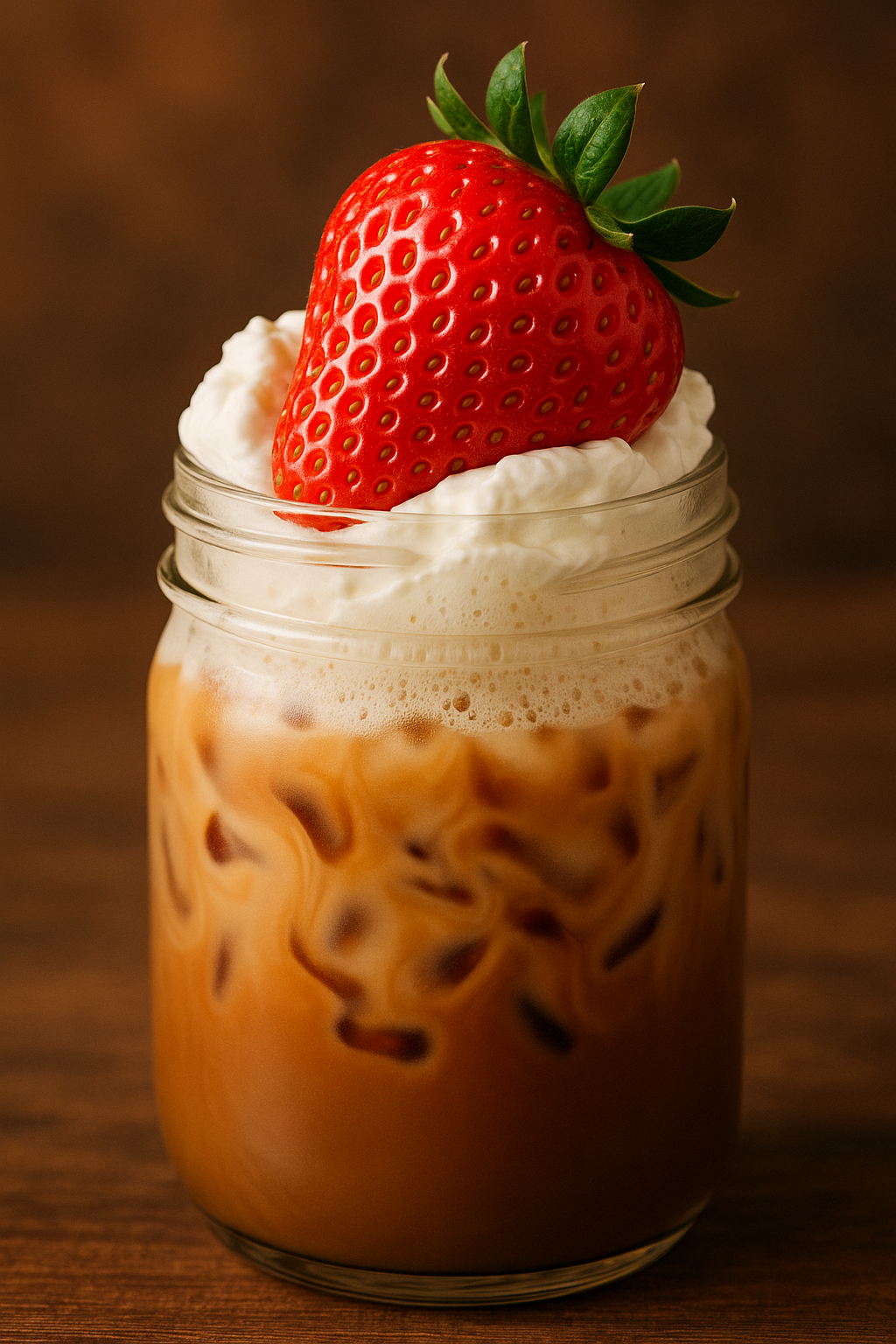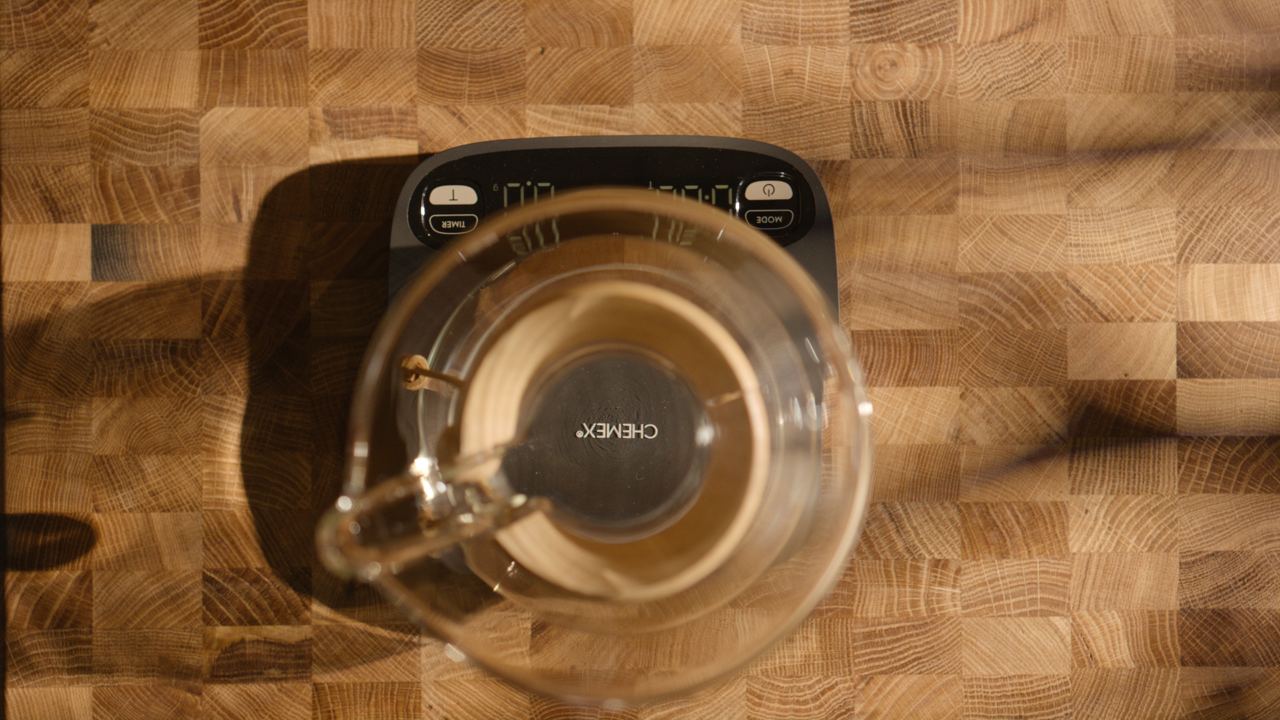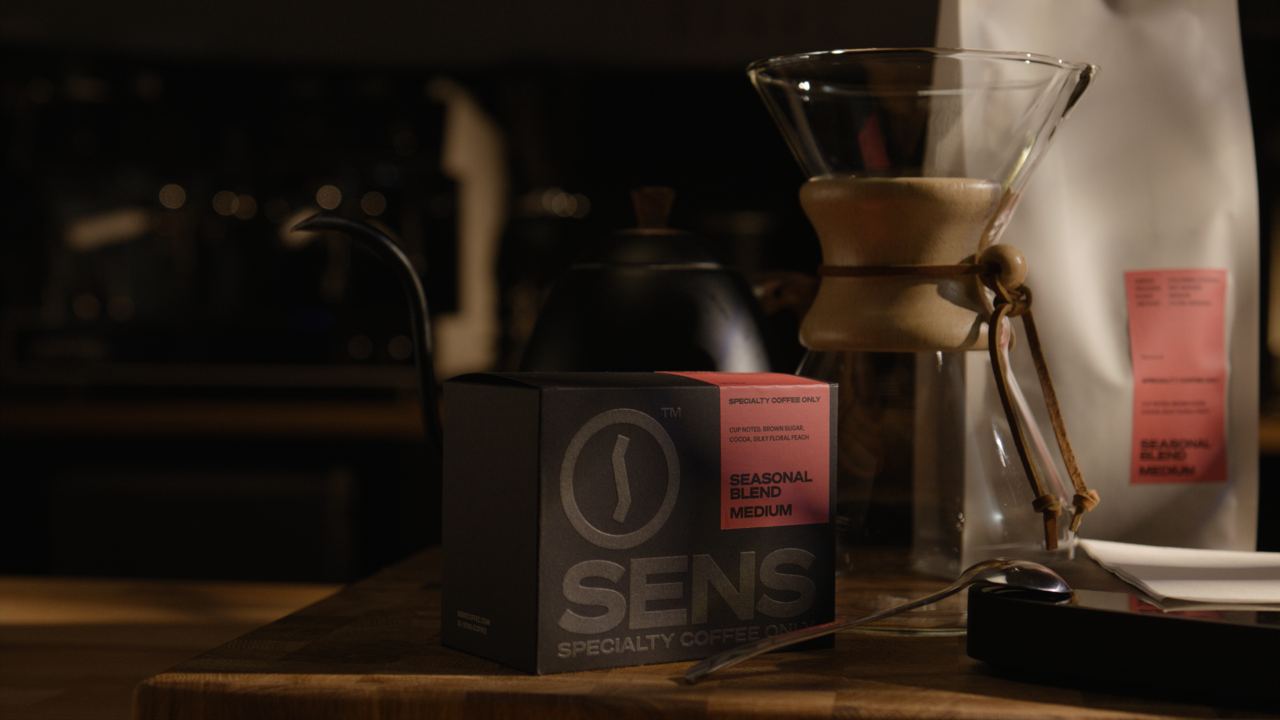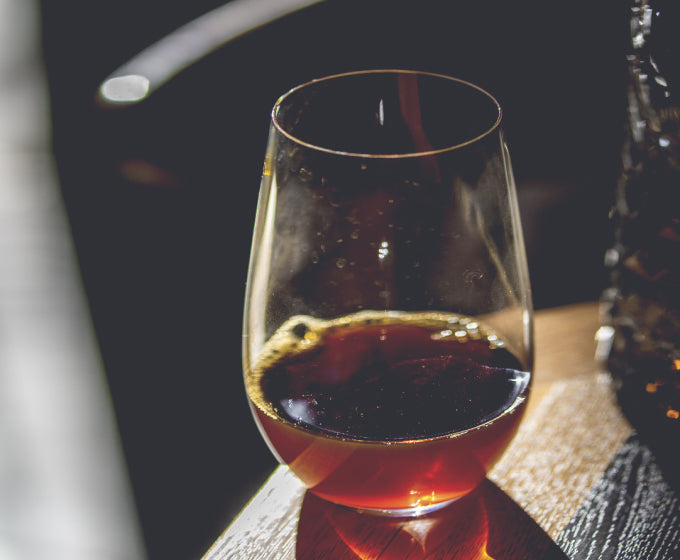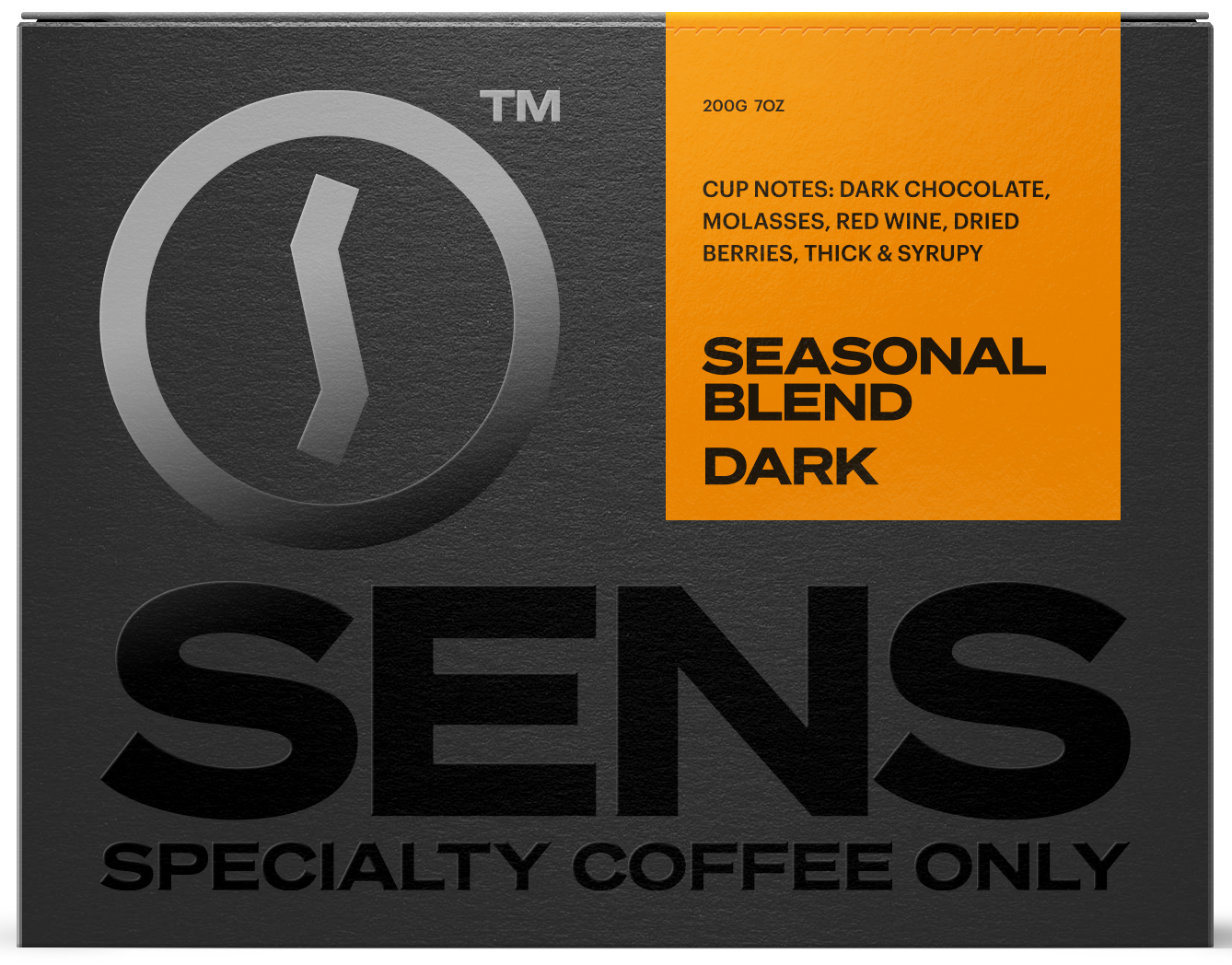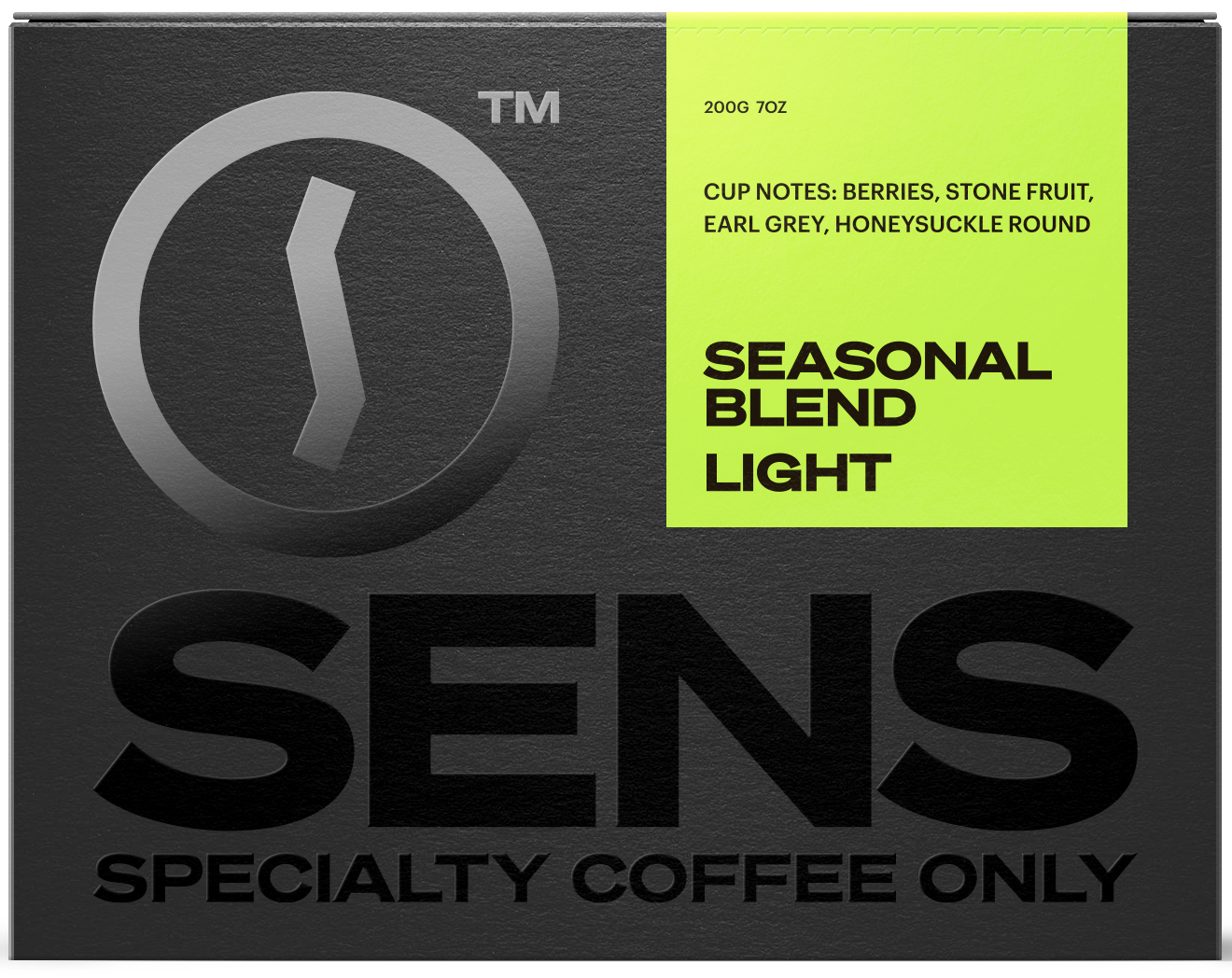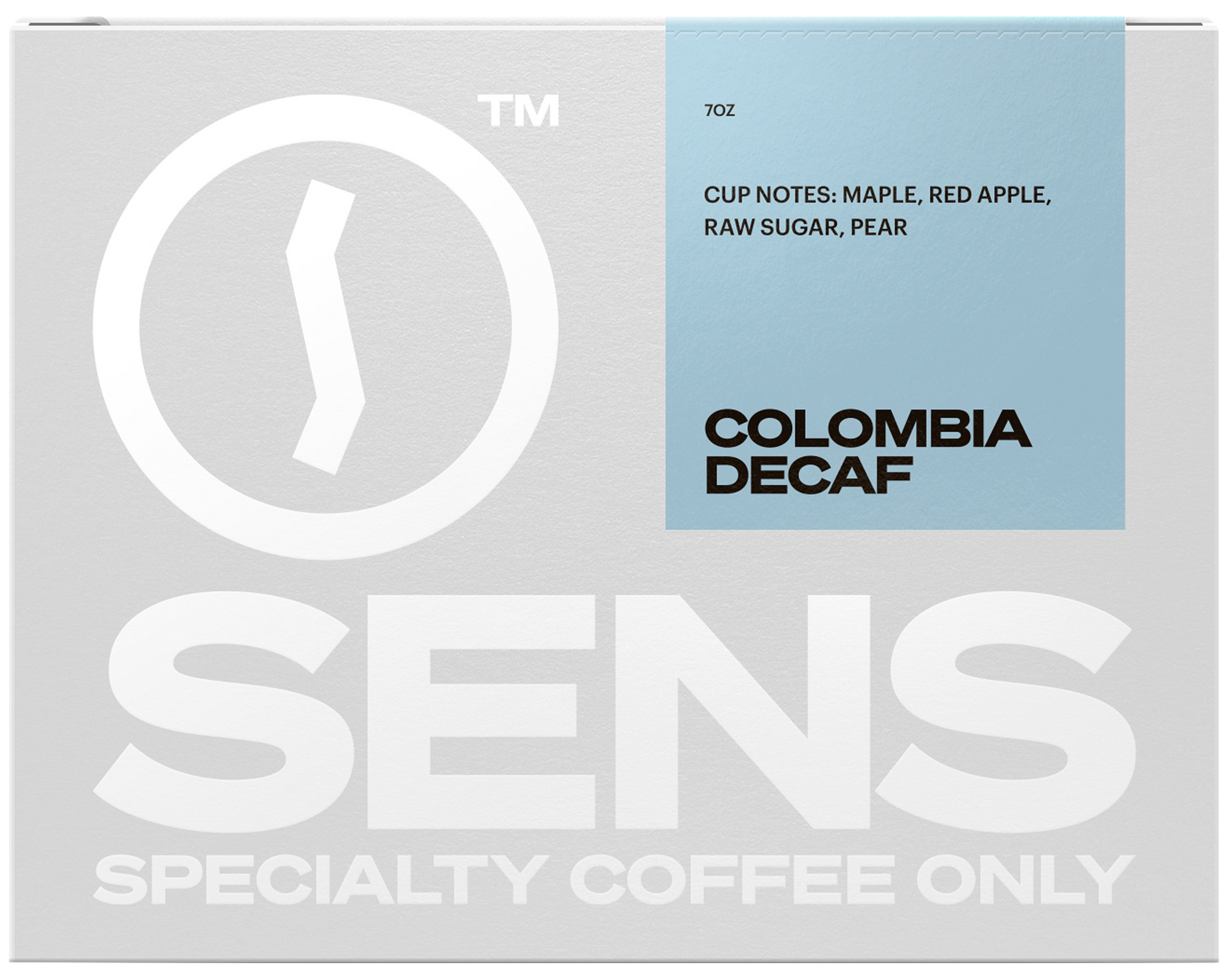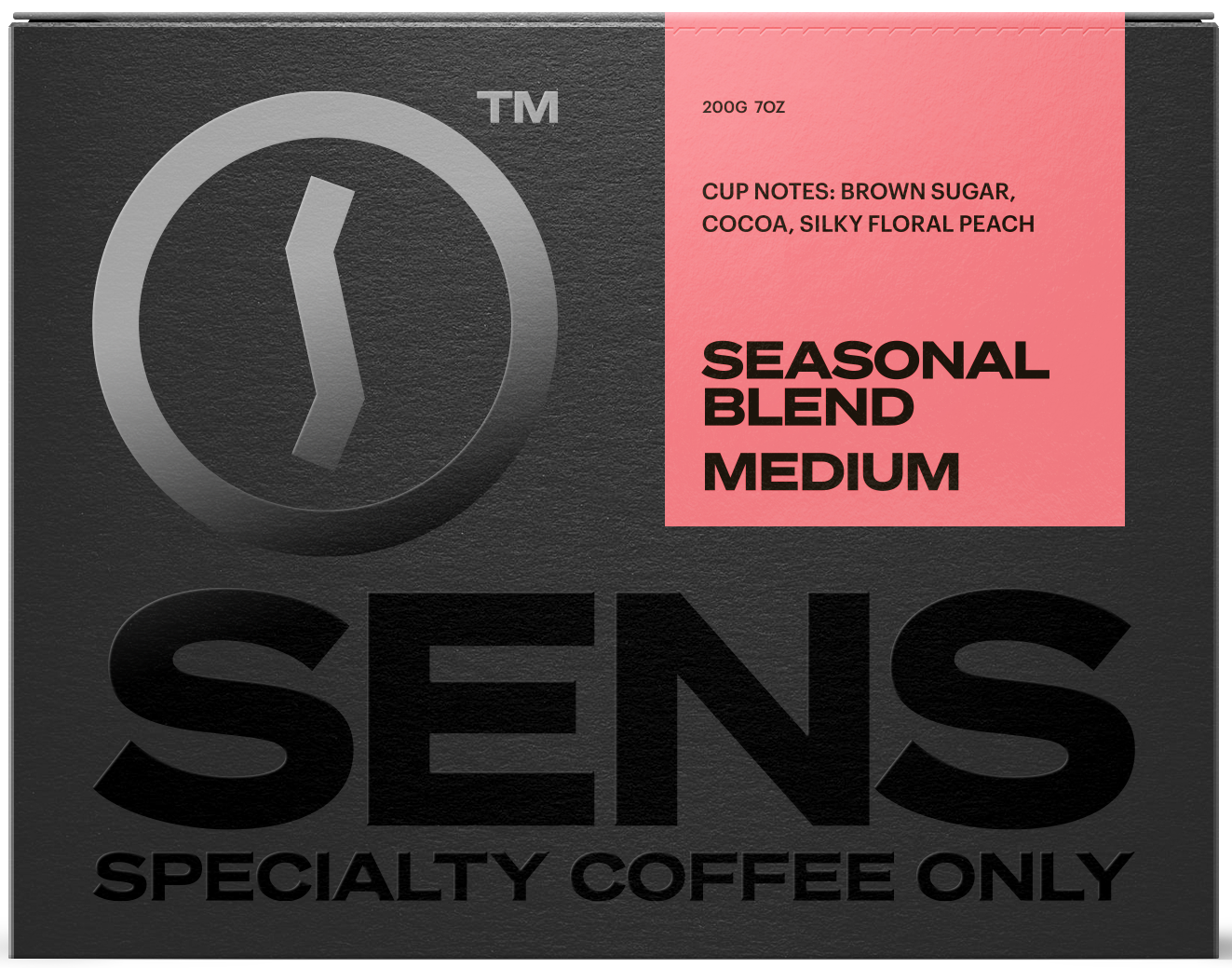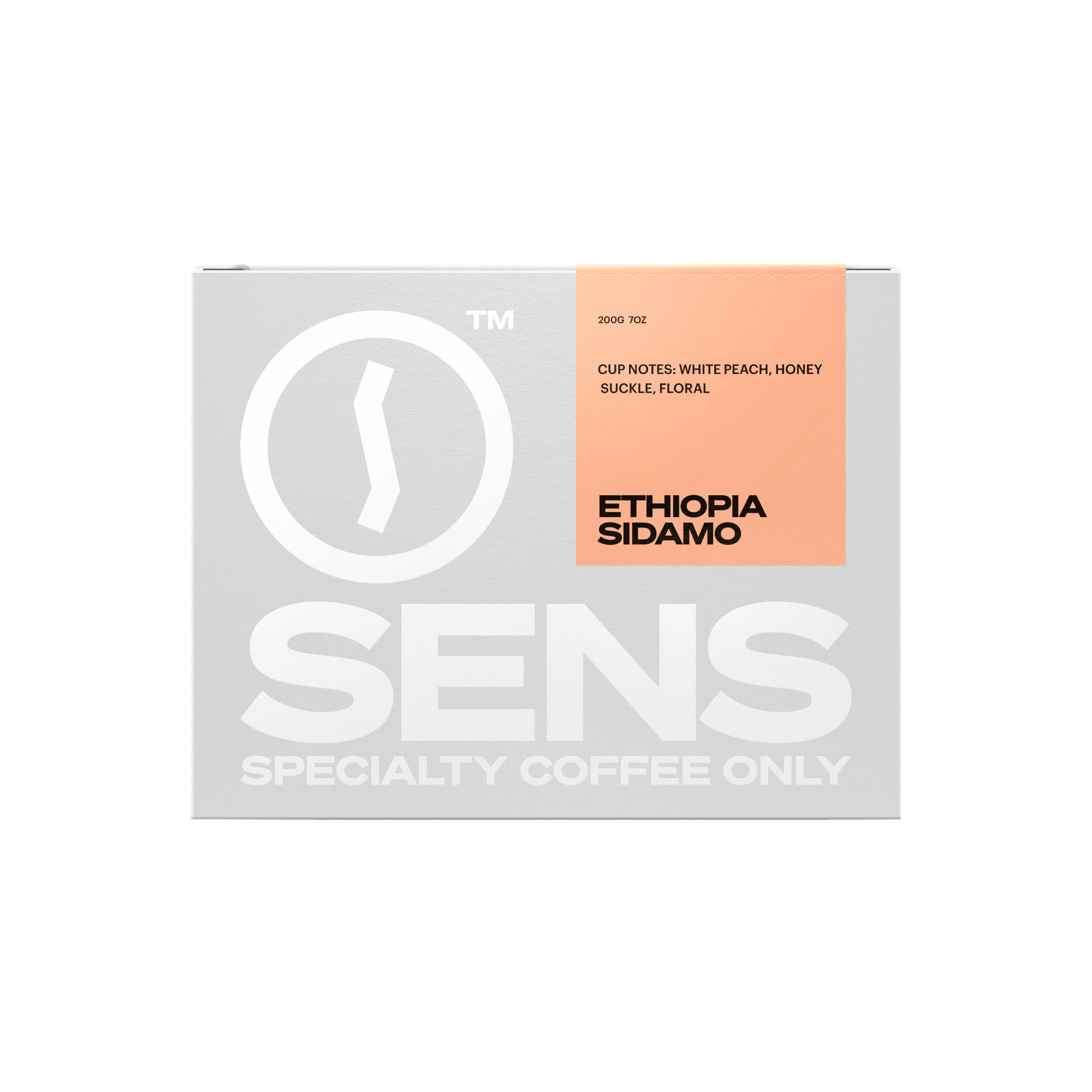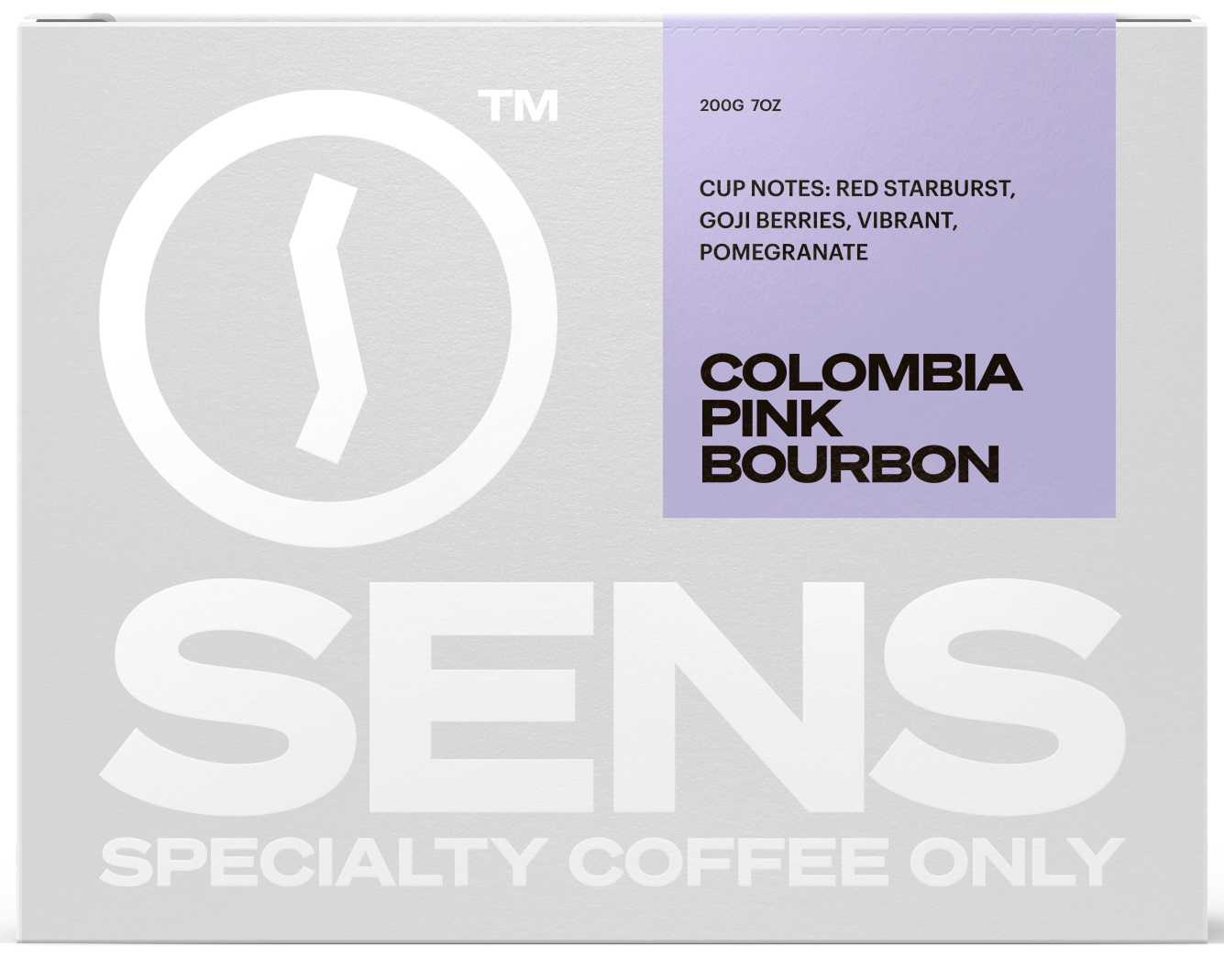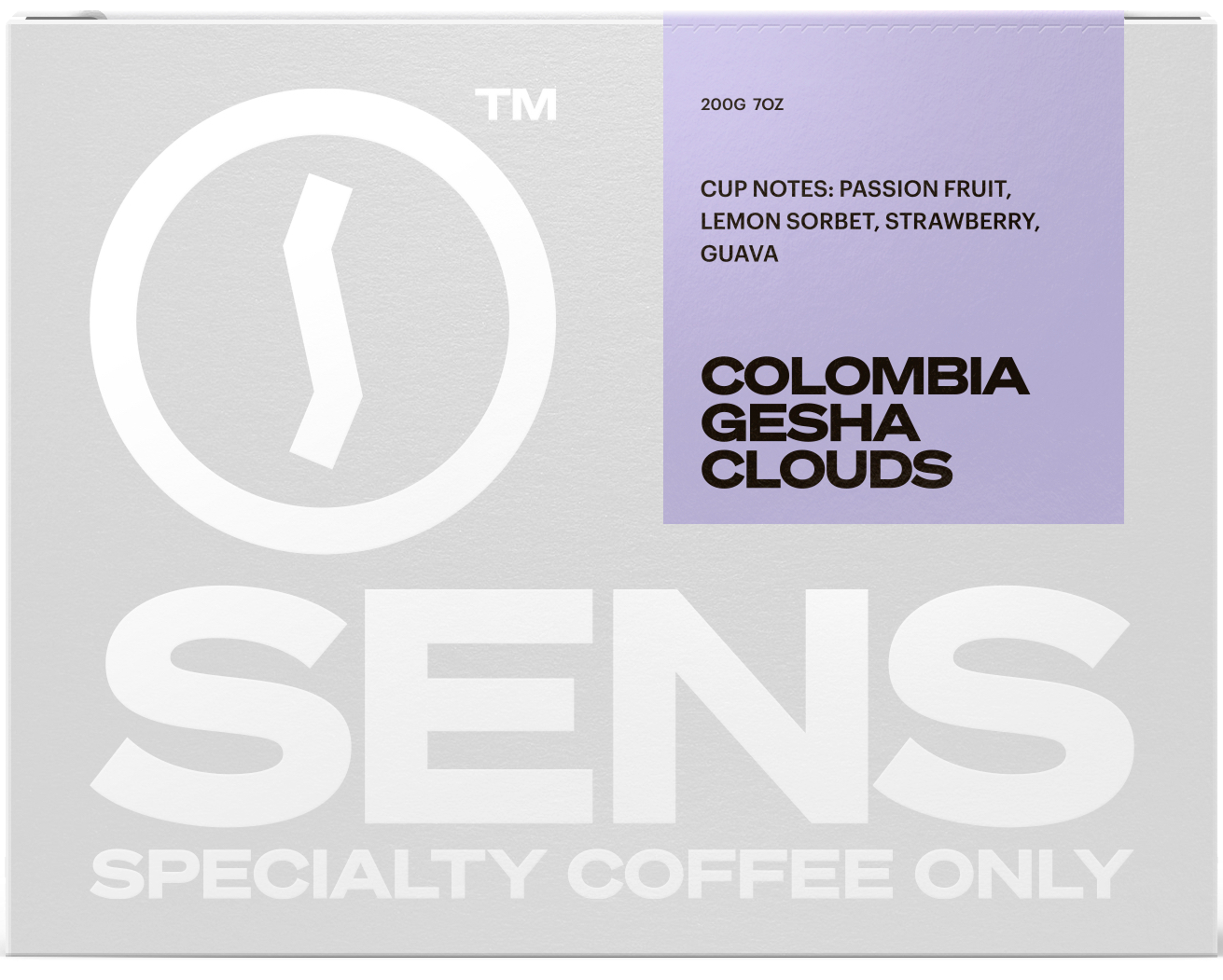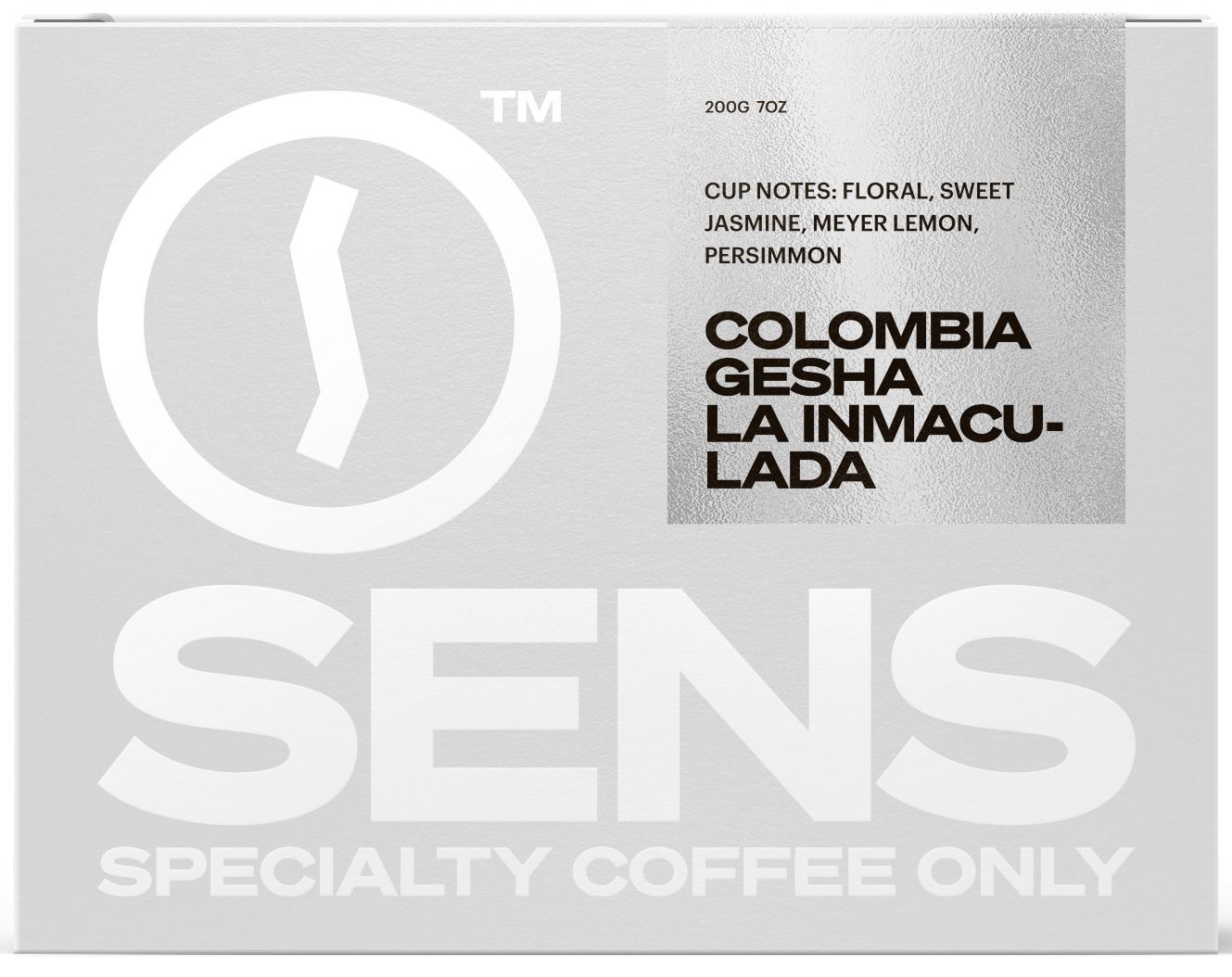December 23, 2024
The Saudi Coffee Company is welcoming visitors to the opening of its specialty coffee brand JAZEAN’s latest store in Old Town AlUla.
Saudi Coffee Company connects modern-day coffee culture with its deeply rooted cultivation heritage, creating a unique coffee experience that celebrates the farm-to-cup journey through JAZEAN.
RIYADH, December 19, 2024: Saudi Coffee Company (SCC) has announced the launch of the second Experience Center and coffee shop by JAZEAN, its inaugural consumer coffee brand, in the Old Town of AlUla. The brand’s first location outside of Riyadh aims to provide visitors and tourists to the UNESCO World Heritage Site with a curated experience of the country’s centuries-old coffee traditions.
In addition to informing visitors about the cultivation and intricate roasting processes of coffee beans, the space offers customers a range of JAZEAN’s specially selected and expertly roasted coffees, each served amidst the breathtaking backdrop of AlUla’s famous landscape, a significant destination for culture, tourism, and heritage in Saudi Arabia.
As part of its offerings, JAZEAN features a barista bar, an aroma pause zone, a first model farm harvest product, a private majlis, and plentiful lounge seating, allowing guests to enjoy exceptional views of the AlUla canyon while exploring the unique flavors JAZEAN has to offer.
Speaking about the announcement, Mohammed Zainy, Chief Marketing Officer of Saudi Coffee Company, stated: “AlUla is the ideal destination for JAZEAN to celebrate the journey of coffee from seed to cup. Just as AlUla provides a window into this region's rich history, JAZEAN’s Experience Centers offer an authentic glimpse into the heart of Saudi culture and hospitality. We are thrilled to share this journey with visitors from across the nation and the world.”
JAZEAN, launched in 2023, is Saudi Coffee Company’s specialty coffee brand, created to rediscover and promote the origins of Arabica coffee, celebrate the coffee-drinking tradition integral to Saudi identity, and blend these histories with sustainable farming and roasting techniques.
Saudi Coffee Company, a PIF-owned enterprise, is committed to revitalizing Saudi Arabia’s coffee sector from seed to cup by empowering stakeholders across the full value chain. The company’s goal is to establish Saudi Arabia as one of the largest integrated coffee players in the world, ensuring a self-sufficient future for the local industry while sharing Saudi culture with the world.
AlUla, a UNESCO World Heritage Site in northwestern Saudi Arabia, is renowned for its breathtaking landscapes, ancient rock formations, and historical treasures like Hegra, Saudi Arabia’s first UNESCO-listed site. As a global destination for culture, heritage, and adventure, AlUla attracts visitors from around the world who come to explore its rich history, vibrant arts scene, and immersive experiences that blend modern luxury with the region’s storied past. The opening of JAZEAN’s space will coincide with the Winter in Tantora Festival, an annual cultural festival held in AlUla’s Old Town.


